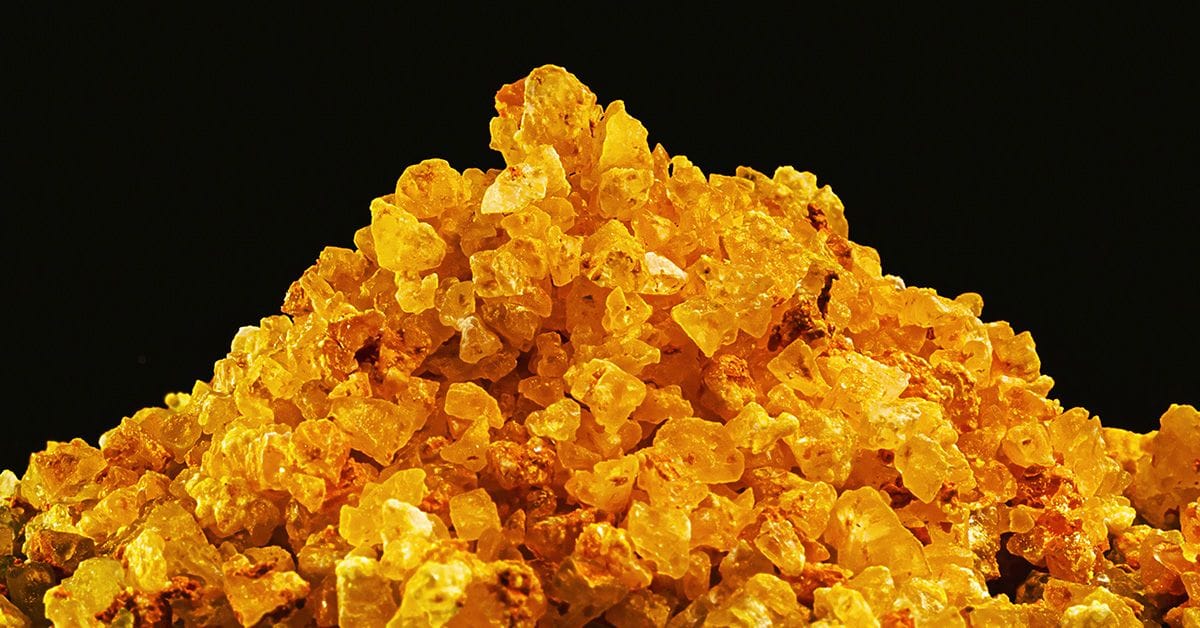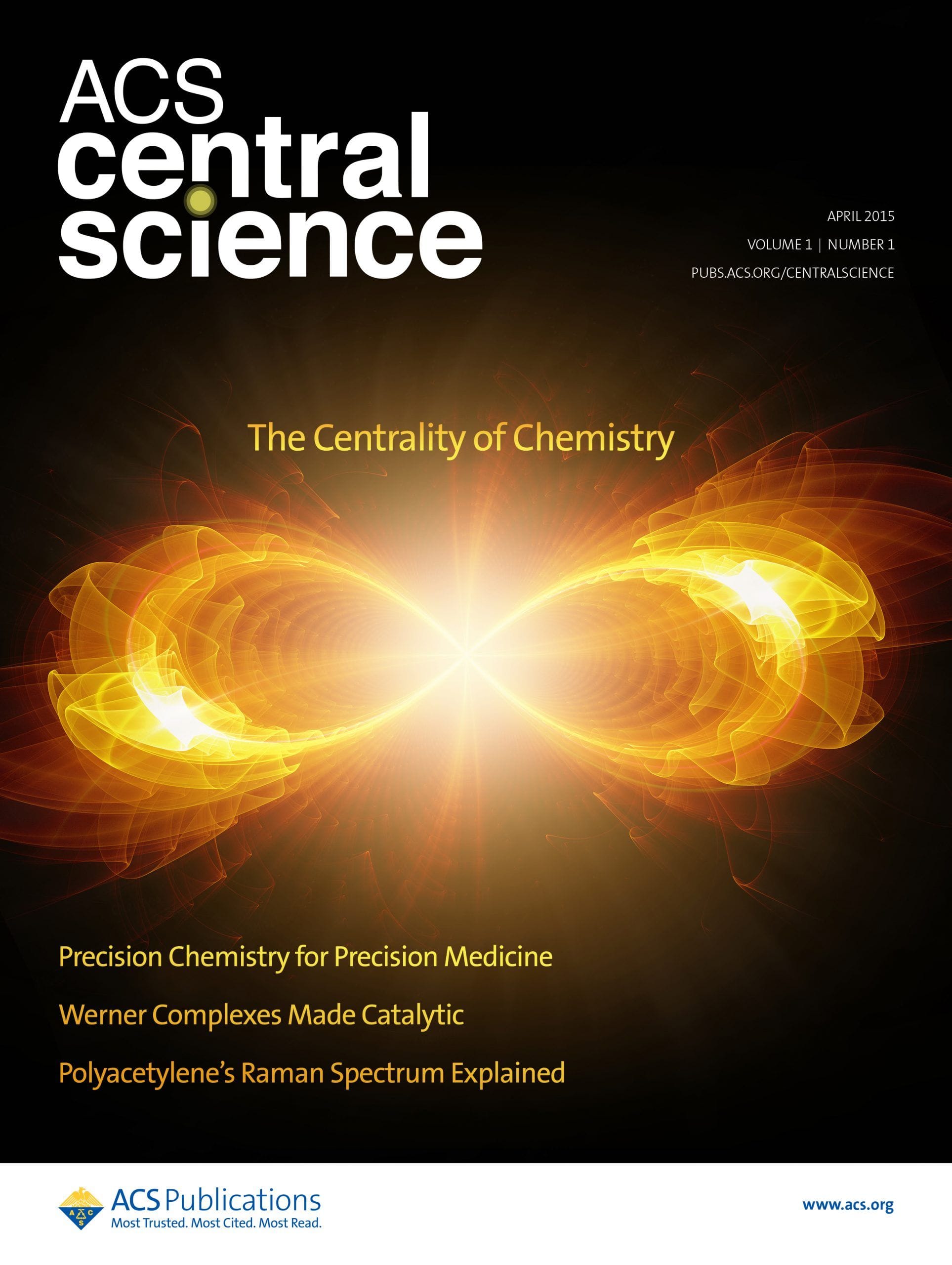A recent study unveils a new type of electrode made from porous organic polymers that can extract uranium from seawater faster and more effectively than previous methods.

Despite its potential safety drawbacks, nuclear energy is a low-carbon option that could significantly reduce our reliance on fossil fuels. Nuclear reactors release the energy naturally stored inside an atom by breaking it apart—a process known as fission. The main nuclear fuel is uranium, since it is unstable and easy to split.
While limited land reserves have presented a challenge, an estimated 4.5 billion tons of uranium resides in seawater, which could help support green development.1 However, extraction has been hindered by low concentrations and interfering ions—not to mention the complex marine environment. Developing new materials that can collect uranium from seawater with high capacity, fast kinetics, and good selectivity is of great significance for sustainable, low-carbon energy production. And electrochemical extraction could be just the ticket.
Building on previous research in the field,2 a team working in Changchun, China, constructed a new type of electrode made from porous organic polymers, which can extract uranium from seawater more effectively than previous methods.3 These electrodes are designed to be self-standing, avoiding the need for additional binders and conductive agents. Based on the architectural design, adsorption and catalytic sites (amidoxime and carbazole groups) were also integrated into the framework.
Over 24 days, the system was able to extract 12.6 milligrams of uranium from natural seawater—higher than most other materials tested. The findings, reported in ACS Central Science, revealed that the electrochemical process used was shown to be three times faster than traditional methods, and it was able to selectively target uranium even in the presence of other ions found in seawater.

Self-Standing Porous Aromatic Framework Electrodes for Efficient Electrochemical Uranium Extraction
ACS Central Science
DOI: 10.1021/acscentsci.3c01291
As noted in this Chemical Reviews paper, the uranium reserves on land would be enough to sustain power generation for the next 80–120 years at the current rate of consumption.4 But rates will not remain as they are. This new technology, published in ACS Central Science, offers an effective approach for tapping into the vast reserves of uranium in the oceans, thus contributing to the global shift towards low-carbon energy sources. The authors highlight the possibility of scaling up this method for larger-scale applications, which could revolutionize the way we source uranium for energy.

Stay Connected
References
- Song, Y. et al. Nanospace Decoration with Uranyl-Specific “Hooks” for Selective Uranium Extraction from Seawater with Ultrahigh Enrichment Index. ACS Cent. Sci. 2021, 7, 1650–165.
- Yuan, Y. et al. Molecular Coordination Template Strategy for Designing Selective Porous Aromatic Framework Materials for Uranyl Capture. ACS Cent. Sci. 2019, 5, 1432–1439.
- Chen, D. et al. Self-Standing Porous Aromatic Framework Electrodes for Efficient Electrochemical Uranium Extraction. ACS Cent. Sci. 2023, 9, 12, 2326–2332.
- Abney, C. W. et al. Materials for the Recovery of Uranium from Seawater. Chem. Rev. 2017, 117, 23, 13935–14013.
